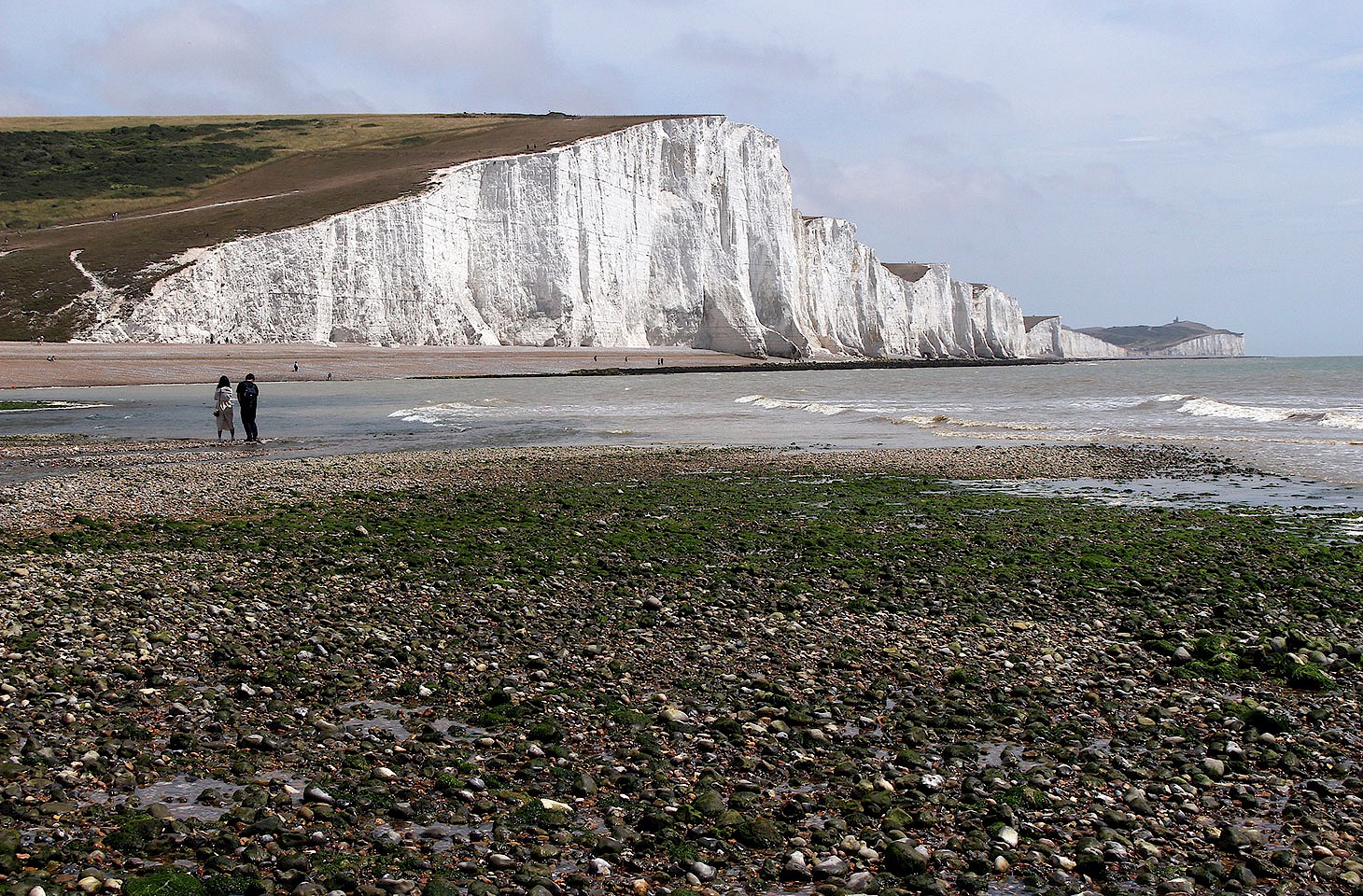The islands described in our Hebridean feature have inspired many writers. Louis MacNeice’s book, mentioned in our feature, is the most idiosyncratic (and sometimes also the most irritating) of the 20th century accounts. His book was first published in 1938 under the title I Crossed the Minch. It’s not a patch on his earlier travel book, Letters from Iceland (written jointly with WH Auden and published in 1937), but it’s still a good read.
Accounts of the Outer Hebrides from the Middle Ages feature in Old Norse poetry and in the sagas, where the islands are consistently referred to as Suðreyjar, meaning ‘southern isles’. Viewed from the Norse realm (whether from Iceland, Norway or Shetland), the Hebrides lay well away to the south. Traditional Hebridean crafts like spinning and weaving are praised in the sagas, and early Scandinavian sources often dwell on Hebridean magic. An example is Laxdæla saga, written in 13th-century Iceland. The rich vein of Norse influence in the Outer Hebrides is evidenced not just by place names and words but also by artefacts, such as four hoards of mediaeval jewellery of Scandinavian provenance found in the islands and the spectacular Lewis chessmen which were discovered in the 1830s.




